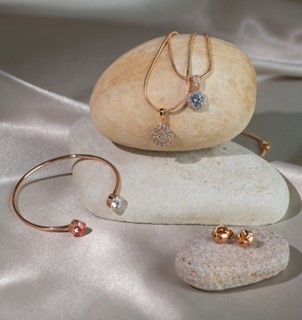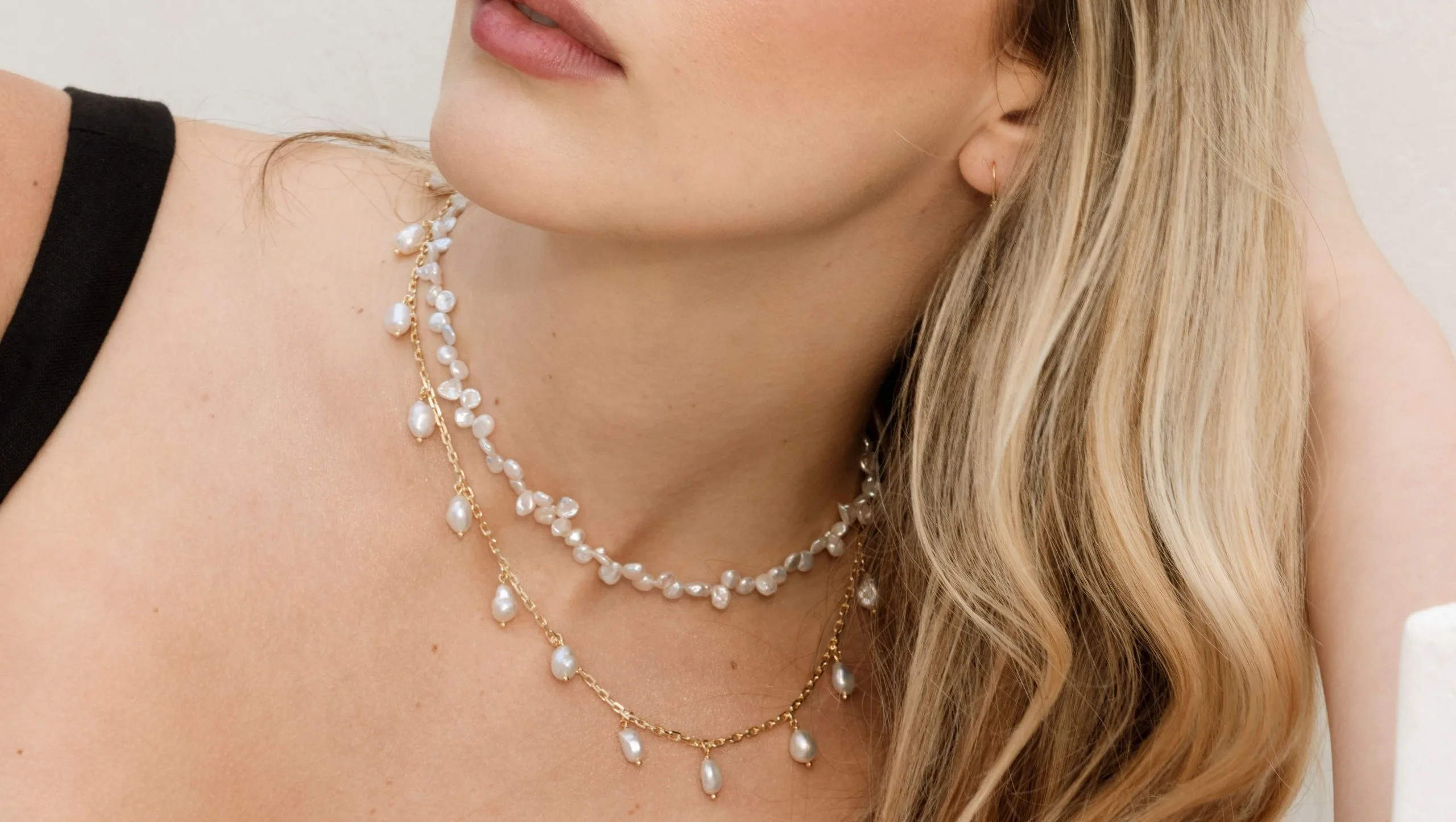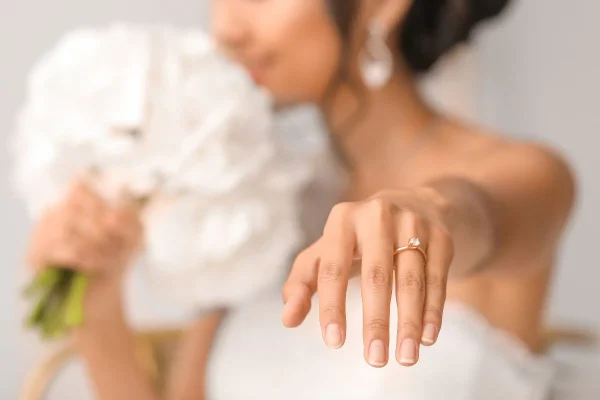Let’s talk about two of the most commonly exchanged words in the sparkling world of jewelry: carat vs karat.
It’s confusing for many people, irrespective of their interest in jewelry.
Carat and karat, abbreviated as ct and k respectively, refer to jewelry components, but two different components.
And it’s important to know the difference.
Otherwise, you may end up purchasing the wrong accessory.
Can you imagine?
Buying the wrong engagement rings simply because you didn’t know the difference between carat and karat.
Well, not exactly wrong, but one of no use to you.
But we’re here to see that it never comes to that.
This blog will discuss all you need to know about carat and karat. (There’s also carrot and caret, but we’ll save it for another day. You’re already scratching your head as it is).
The Origins of the Words Carat vs Karat
We truly meant it when we said, ‘All you need to know about carat and karat.’
So, we’re going all the way to the beginning.
The exact origins of the words carat vs karat are unknown.
Both words reportedly come from the Greek word ‘keration.’
Now, you’d think it would translate to something related to jewelry
That’s where you’d be wrong.
Well, kind of.
‘Keration’ means ‘carob seeds.’
Back in the day, people needed something solid to measure the prices and weight of jewelry. That something happened to be carob seeds, primarily because of the similar size and weight.
And also because there wasn’t anything else for measuring.
Since then, the words have traveled across the world and taken on many forms: qirat in Arabic, carratus in Latin, and carato in Italian.
It entered the U.S. in the 1900s, and American writer O. Henry is credited with using karat in one of his stories.
What Does Carat Measurement Mean?
With the boring history out of the way, let’s get back to the main topic.
Carat measurement measures the weight of jewelry, specifically diamond jewelry. One carat is equal to 200 milligrams.
So, the larger the carat, the pricier the piece.
It’s important to mention here that a carat measures the weight of a diamond, not its size, which is measured in diameter.
When shopping for a diamond ring, you’ll have to prioritize four Cs, one of which is carat. The others are cut, clarity, and color.
If you’re hunting for that perfect diamond ring, you should know that the most popular engagement ring size is 1 carat. Another thing you must be aware of is that there’s hardly any difference between a 1 and, say, 0.95-carat ring.
What Does Karat Measurement Mean?
If a carat is a diamond’s thing, a karat is gold’s.
Karat measurement is used to measure gold’s purity. Since pure gold is too soft to be used for jewelry, it’s used in combination with other metals or alloys in jewelry. When mixed with gold, the alloys become more durable and even change colors.
For instance, the difference between 14-karat and 18-karat yellow gold rings will be clearly visible.
Types of Gold Karat
There are 7 gold karat types, starting from 10 karats and ending at 24 karats. Although there are less than 10 karats, it’s rarely used to make jewelry.
About 10 Karat Gold
10 karat gold is the least pure type, containing 41.7% gold. It is valued for its durability and weight, making it suitable for sturdy jewelry pieces.
About 12 Karat Gold
Historically popular, 12 karat gold contains 50% gold. It was commonly used for crafting gold chains but has declined in popularity over time.
About 14 Karat Gold
With 58% pure gold and other alloys, 14 karat gold strikes a balance between purity and durability. It remains the most popular choice for jewelry due to its strength and aesthetic appeal.
About 18 Karat Gold
Containing 75% pure gold, 18 karat gold is a favorite for those with metal allergies. Known for its longevity with proper care, it’s ideal for everyday wear and cherished pieces.
About 22 Karat Gold
Composed of 91.7% gold and 8.3% other alloys, 22 karat gold is becoming rarer in the market due to its softness. It’s typically found in antique jewelry and isn’t suitable for settings with gemstones.
About 24 Karat Gold
As the purest form with 99.9% gold, 24 karat gold is prized for its purity but is costly and prone to bending and scratching. It’s more suited for special occasions rather than everyday use.
Carat vs Karat: The Last Word
Simply put, carat and karat are both correct terms when talking about fine jewelry. Just remember that carat is used for diamonds, while karat is used when talking about gold purity.
The Takeaway
We hope you understand the key differences between carat and karat and the fact that both are not the same. Keeping their distinguishing features in mind will help you make a wise decision when searching for that perfect ring or just any jewelry.
Speaking of perfect jewelry, at Fine Jewelry and Gemstones, we have a comprehensive collection of gold, silver, and diamond accessories. We invite you to explore the collection and prepare to be mesmerized by our jewelry’s quality, design, and durability.
FAQs
There is no such thing as 1 carat gold. The correct term is karat, which is used to measure the purity of gold. Carat, on the other hand, is a unit of measure for precious stones.
When referring to the purity of gold, the correct term is karat. 18 karat gold means the jewelry is made from 75% gold and 25% other alloys.
Carat is used to measure the weight of gemstones. One carat is equal to 200 milligrams.
Since gold is typically too soft to be used alone, it’s combined with other metals or alloys. Keeping this in mind, 10k, 12k, 14k, 18k, and 24k gold jewelry are made from 41.70%, 50%, 58.30%, 75%, and 99.9% pure gold; the remaining percentage is other metals or alloys.




























